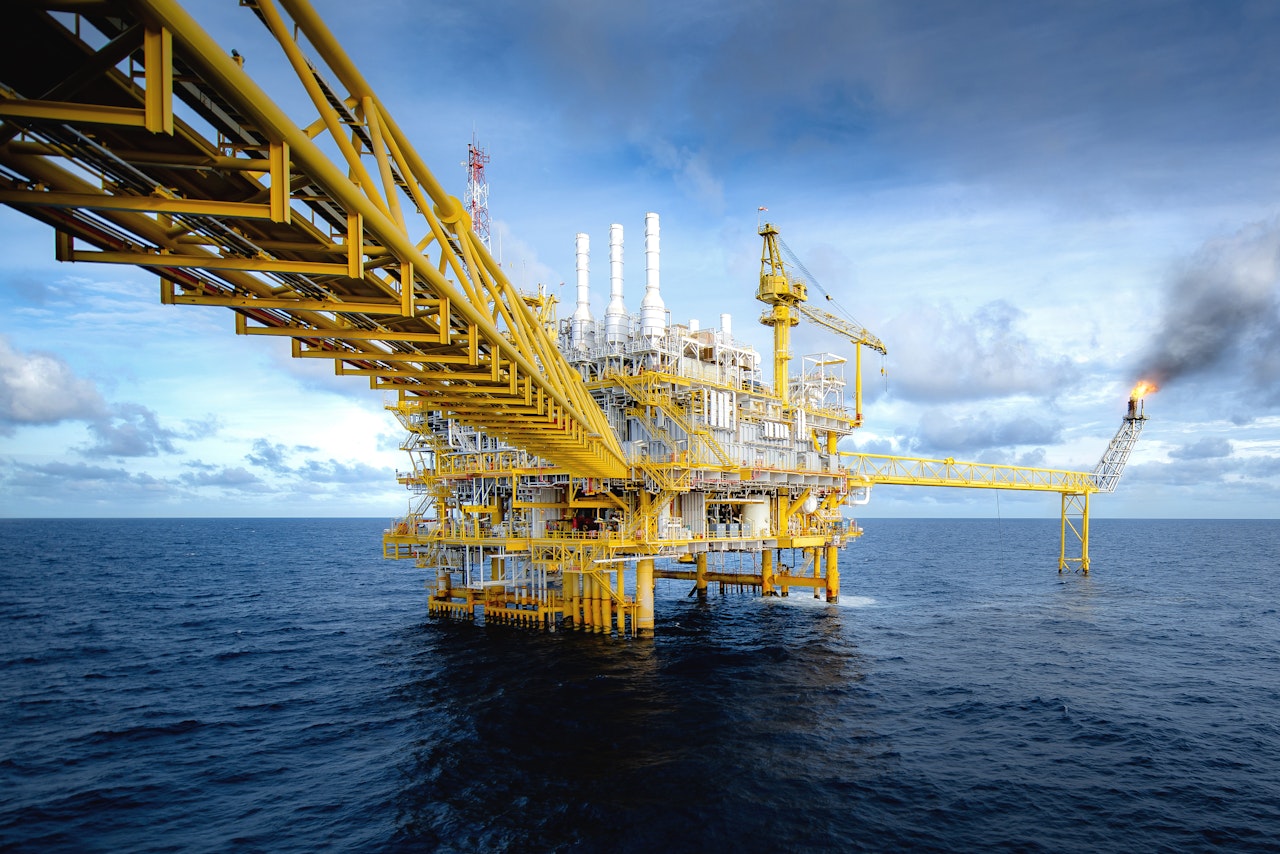Emissions from Oil and Gas Operations in Net Zero Transitions
A World Energy Outlook Special Report on the Oil and Gas Industry and COP28

This report is part of World Energy Outlook 2023
About this report
Today, oil and gas operations account for around 15% of total energy-related emissions globally, the equivalent of 5.1 billion tonnes of greenhouse gas emissions. In the International Energy Agency’s Net Zero Emissions by 2050 Scenario, the emissions intensity of these activities falls by 50% by the end of the decade. Combined with the reductions in oil and gas consumption in this scenario, this results in a 60% reduction in emissions from oil and gas operations to 2030.
Fortunately, oil and gas producers have a clear opportunity to address the problem of emissions from their activities through a series of ready-to-implement and costeffective measures. These include tackling methane emissions, eliminating all non-emergency flaring, electrifying upstream facilities with low-emissions electricity, equipping oil and gas processes with carbon capture, utilisation and storage technologies, and expanding the use of hydrogen from low-emissions electrolysis in refineries.
Upfront investments totalling USD 600 billion would be required to halve the emissions intensity of oil and gas operations globally by 2030. This is only a fraction of the record windfall income that oil and gas producers accrued in 2022 – a year of soaring energy prices amid a global energy crisis. This report aims to inform discussions on these issues in the run-up to the COP28 Climate Change Conference in Dubai in November and is part of a broader World Energy Outlook special report to be released later in 2023 focusing on the role of the oil and gas industry in net zero transitions.
The production, transport and processing of oil and gas resulted in 5.1 billion tonnes (Gt) CO2-eq in 2022. These “scope 1 and 2” emissions from oil and gas activities are responsible for just under 15% of total energy-related greenhouse gas (GHG) emissions. The use of the oil and gas results in another 40% of emissions.
In this report, we look at the changes and measures needed to reduce the emissions intensity of oil and gas operations in the IEA’s Net Zero Emissions by 2050 (NZE) Scenario. The work brings together, expands and updates analysis from previous IEA work to inform discussions in the run up to COP28 in Dubai. It is part of a broader World Energy Outlook Special Report to be released in 2023 focussing on the role of the oil and gas industry in net zero transitions.
The NZE Scenario maps out a way to limit the global average temperature rise to 1.5°C alongside achieving universal access to modern energy by 2030. This scenario sees a rapid decline in oil and gas demand, which is sufficiently steep that it can be satisfied in aggregate without developing new oil and gas fields. There is also an immediate, concerted effort by all the oil and gas industry to limit emissions from its activities. In the NZE Scenario, the global average emissions intensity of oil and gas supply falls by more than 50% between 2022 and 2030. Combined with the reductions in oil and gas consumption, this results in a 60% reduction in emissions from oil and gas operations to 2030.
Five key levers are used to achieve this reduction in emissions intensities: tackling methane emissions, eliminating all non-emergency flaring, electrifying upstream facilities with low-emissions electricity, equipping oil and gas processes with carbon capture utilisation and storage (CCUS), and expanding the use of low-emissions electrolysis hydrogen in refineries. No offsets are used to achieve the reductions in emissions in the NZE Scenario.
Tackling methane emissions is the single most important measure that contributes to the overall fall in emissions from oil and gas operations, followed by eliminating flaring and electrification. Scaling up CCUS and expanding the use of low-emissions hydrogen play complementary roles but have significant potential for positive spillovers into other aspects of energy transitions, by accelerating deployment and technology learning for these technologies.
Tackling scope 1 and 2 emissions from oil and gas is one of the most viable and lowest cost options to reduce total GHG emissions from any activity to 2030. Around USD 600 billion upfront spending is required over the period to 2030 to achieve the full 50% reduction in the emissions intensity of oil and gas operations. This is 15% of the windfall net income the industry received in 2022. Many of the measures also lead to additional income streams by avoiding the use or waste of gas meaning they can quickly recoup the upfront spending required. . For facilities implementing these measures, the average cost of producing oil and gas would increase by less than USD 2/boe.
A number of companies have to date announced targets to reduce their scope 1 and 2 emissions. These vary markedly in their scope and timelines for implementation. Only a fraction of these commitments matches the pace of decline seen in the NZE Scenario and most plan to use offsets to achieve their targets. Forward‑leaning companies need to recognise the need to move faster than the global average reduction in emissions and build a broader coalition of companies willing to play their part.
To build public confidence in actions being taken, a consistent approach is needed to monitor, report, and verify emissions from oil and gas activities. This should be based on robust measurements to improve the accuracy, availability, and transparency of emissions data.